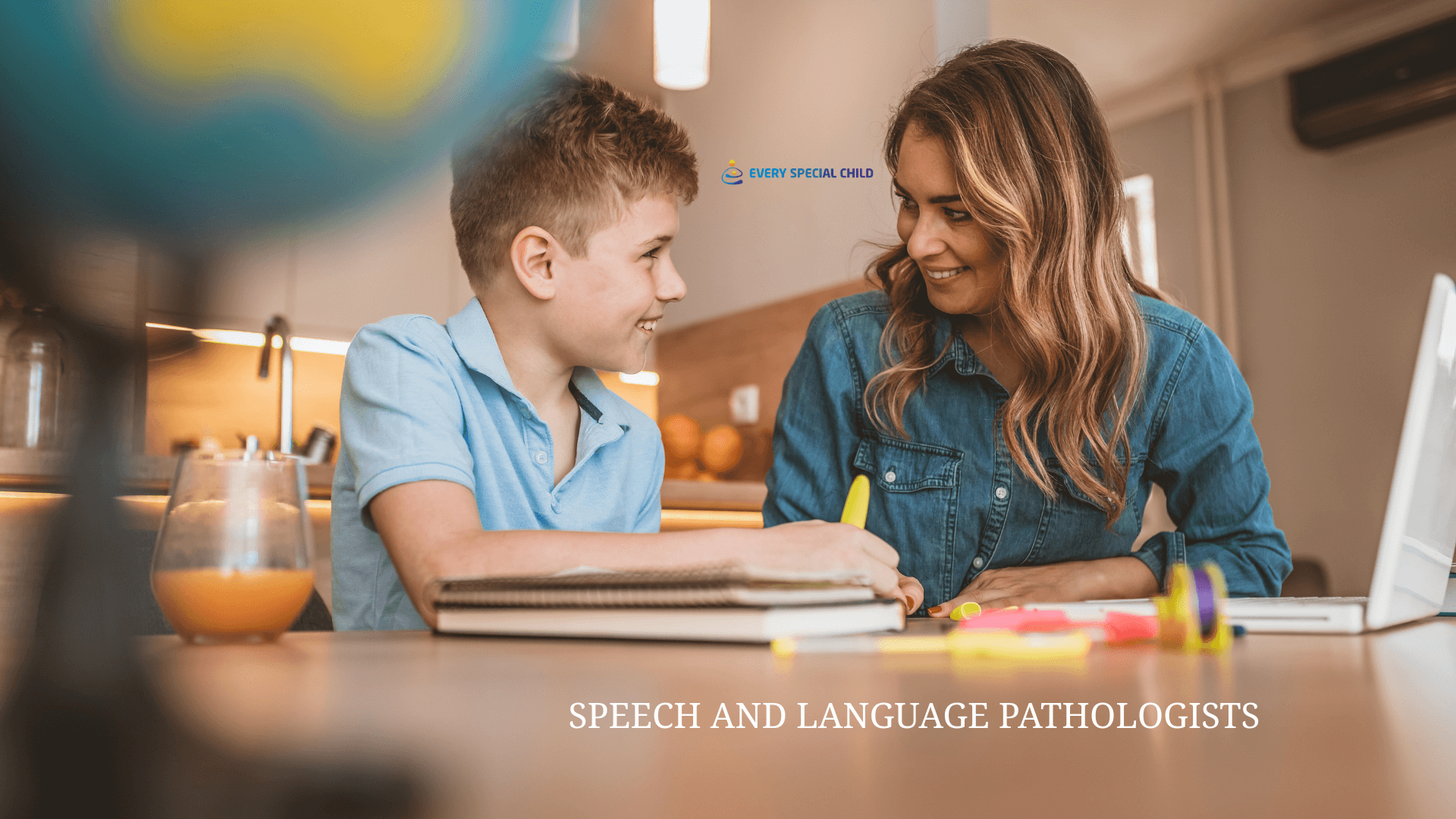
Speech and Language Pathologists Help Students in Schools. Communication is the heart of education. Every student needs to express themselves clearly and understand others to thrive in school. However, what occurs when a youngster has language or speech difficulties? This is where Speech and Language Pathologists (SLPs) step in. They play a vital role in schools, ensuring that students don’t just learn academics but also develop the communication skills needed for lifelong success. Apply Now SLP Jobs
SLPs are licensed professionals trained to evaluate, diagnose, and treat communication and swallowing disorders. In schools, their main focus is on speech, language, and social communication. They hold specialised degrees and certifications, making them experts in helping children find their voice—literally and figuratively. Read More
Imagine trying to solve math problems but struggling to ask a question. Or wanting to make a friend but not being able to start a conversation. Speech and language difficulties can create barriers in both academics and social life. SLPs break down these barriers, giving students confidence to participate, learn, and connect with others. See More
The first step is screening and assessments. SLPs observe students, conduct tests, and gather input from teachers and parents. This teamwork helps them create a clear picture of each child’s needs, ensuring no one slips through the cracks.
The earlier communication issues are addressed, the better the outcome. For young learners, SLPs might use play-based therapy, storytelling, or interactive games. Early intervention helps prevent future academic struggles and boosts confidence from the start.
An IEP is a personalised roadmap for students with special learning needs. SLPs play a key role in writing and implementing these plans. They set communication goals, track progress, and adjust strategies so every child gets the right support.
SLPs are essential for children with conditions like:
Teachers and SLPs work hand in hand. While teachers focus on academics, SLPs guide them with communication-friendly strategies—like simplifying instructions, using visuals, or allowing extra response time. This partnership ensures students get consistent support throughout the day.
Communication isn’t just about academics. It’s about relationships. SLPs often run activities like role-playing conversations, practising greetings, or guiding group discussions. These exercises teach students how to connect with peers and build friendships.
From speech-generating devices to apps that turn therapy into fun games, technology is a game-changer. Tools like visual schedules and interactive software make learning engaging and accessible for every child.
Strong communication skills boost reading, writing, and comprehension. Students supported by SLPs often show improvements in test performance, classroom participation, and overall confidence. It’s not just about speech—it’s about unlocking their full learning potential.
Parents are partners in the journey. Simple steps like reading together, practising new words, or encouraging conversations at home can make therapy more effective. Staying in touch with SLPs also helps track progress and adjust strategies.
Despite their importance, SLPs often face obstacles like high caseloads and limited resources. With more students needing support, balancing time and ensuring personalised care can be tough.
The future looks promising. With rising awareness and technology, schools are integrating digital tools and even AI-powered apps to support therapy. This evolution means more children will get timely help to thrive